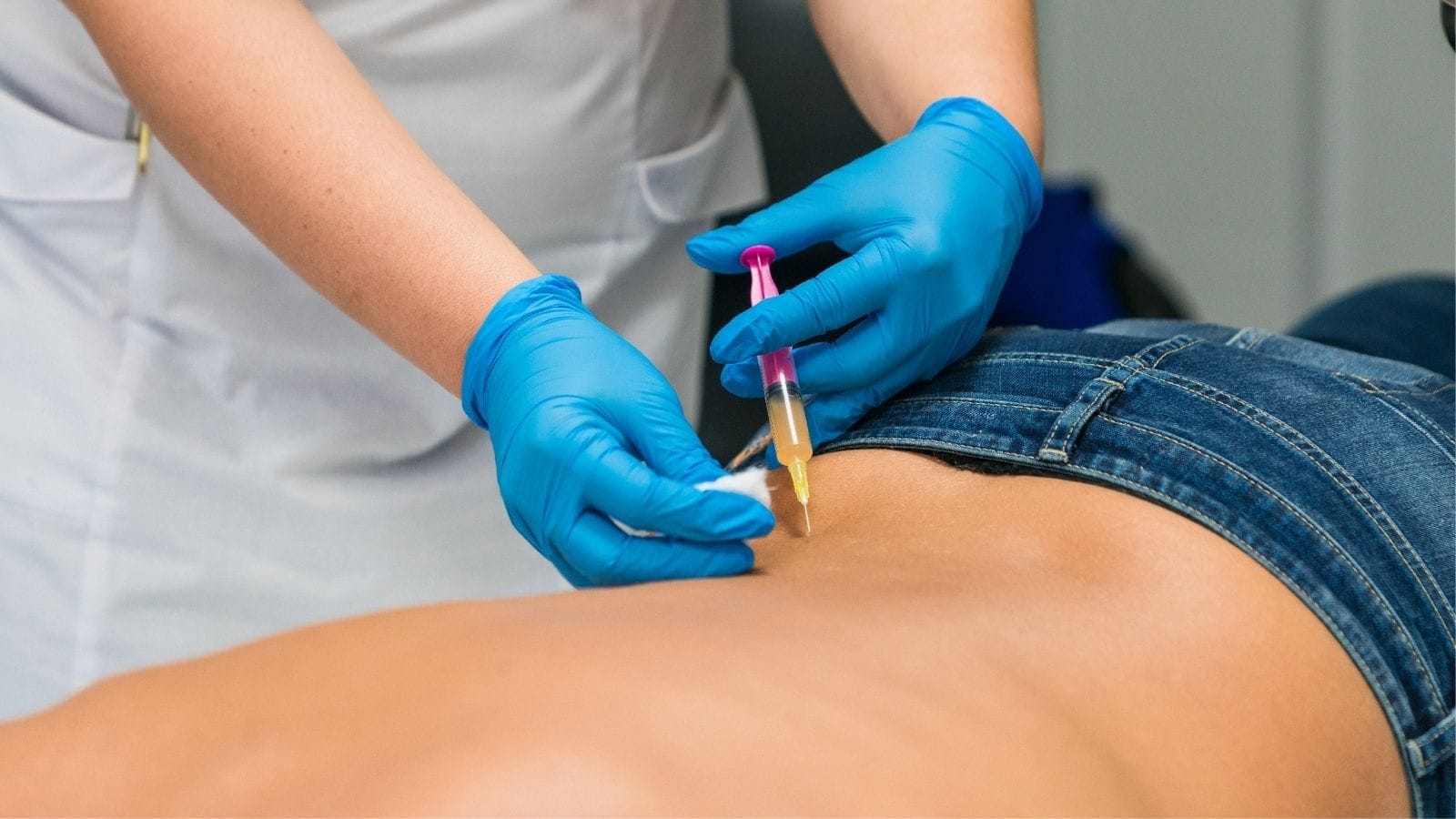After a brain angiography, patients should follow specific precautions to ensure safe recovery. Rest, monitoring for bleeding at the catheter site, and avoiding strenuous activity are critical for preventing complications and ensuring effective healing.
Hydration after brain angiography is essential to help eliminate contrast agents from the body. Patients are advised to drink plenty of fluids unless contraindicated. This reduces the risk of kidney-related side effects and supports a smooth recovery process.
Observation of neurological symptoms is a vital part of post-angiography care. Any sudden headache, weakness, vision changes, or speech problems must be reported immediately, as these could indicate rare but serious complications such as stroke or vessel injury.
Proper wound care at the puncture site is also important. Keeping the area clean, avoiding pressure, and following medical instructions help prevent infection and bleeding. Compliance with medication and follow-up appointments ensures long-term safety and stability.
What Should I Avoid After Cerebral Angiography?
After cerebral angiography, the patient must strictly follow certain precautions to prevent complications and accelerate recovery. The first days after the procedure are a particularly sensitive period.
Avoid strenuous physical activities:
- Avoid strenuous activities for the first 24-48 hours.
- Do not engage in activities such as running or heavy lifting for at least one week.
Pay attention to the catheter site:
- The entry site should be protected with a bandage and kept covered for 24 hours.
- Ice packs can be used to aid healing.
Monitor for signs of infection:
- Watch for pain, swelling, or redness at the catheter site.
- If these signs appear, consult your doctor without delay.
Take medications as prescribed by your doctor:
- Prescription medications should be taken at the dose and timing prescribed by your doctor.
- Always consult your doctor before taking any over-the-counter painkillers.
Maintain adequate hydration and diet:
- Drink plenty of fluids to help eliminate the contrast agent from the body.
- Follow any dietary recommendations provided by your doctor.
Be aware of potential complications:
- Any severe pain or uncontrollable bleeding at the entry site should be addressed immediately.
- Color or temperature changes, weakness, or vision disturbances may require urgent intervention.
Remember the importance of follow-up care:
- Attend all scheduled follow-up appointments to monitor the recovery process and detect any issues early.
How Long Does It Take to Recover After Cerebral Angiography?
The recovery period after cerebral angiography involves carefully monitored stages. After the angiogram, patients are usually observed in the hospital for four to six hours. During this period, the patient is closely monitored for any urgent issues. Rest and avoidance of strenuous activity are essential during the first 24 hours. Driving or lifting heavy objects during this time is not recommended.
- Procedure site: Keep the catheter insertion site clean and dry.
- Bandage: The bandage is typically removed after the first day, and the area can be washed gently with mild soap.
During the first few days of recovery, the catheter site should be closely monitored for signs of infection or bleeding. Ice packs can be applied to reduce swelling. Light activity is allowed, but heavy physical exertion must be avoided.
- Physical activity: Avoid heavy activity for at least five days.
By the end of the first week, most patients can return to normal activities if there are no complications. During this period, taking a shower and engaging in light exercise is allowed. It is crucial to follow your doctor’s instructions regarding medication and wound care. The recovery process is supported by regular check-ups with your healthcare provider. If any abnormal symptoms occur—such as severe pain or persistent bleeding—seek medical help immediately.
What Are the Common Side Effects After Cerebral Angiography?
There are various side effects patients may experience after cerebral angiography. Allergic reactions to the contrast agents used during the procedure can occur. These range from mild skin itching to anaphylaxis, especially in those allergic to contrast media. There is also a risk of bleeding and hematoma (blood collection) at the procedure site. While these complications are generally not severe, medical attention may be required in some cases.
Allergic Reactions:
- Skin itching
- Headache
- Hives
- Anaphylaxis
Although infection at the procedure site is rare, it can occur. Sterile techniques and proper procedures reduce this risk. Contrast dyes can cause temporary kidney problems in some patients, usually those with pre-existing kidney disease.
Bleeding and Hematoma:
- Blood collection (hematoma)
There is a rare risk of stroke during the procedure, which can occur if plaques in the arteries are dislodged. This is very rare. Transient neurological deficits such as temporary ischemic attacks may also occur, but symptoms usually resolve quickly.
Neurological Deficits:
- Motor deficits
- Sensory deficits
- Aphasia
Radiation exposure is inevitable during the procedure and contributes to the patient’s lifetime radiation dose. However, this risk is considered minimal compared to the diagnostic benefits.
How Should Pain Be Managed After Cerebral Angiography?
Pain management after cerebral angiography plays a critical role in the recovery process. Prescription painkillers may be recommended. In some cases, anti-inflammatory medications are also advised. Always follow your healthcare provider’s instructions for medication use.
Activity restrictions are also an important part of pain management:
- Initial rest period: The first 24–48 hours after the procedure are the most critical.
- Avoid strenuous activities: Do not lift heavy objects or engage in vigorous exercise.
- Gradual return to normal activities: As comfort improves, patients can resume regular activities, but it is essential to avoid heavy lifting for the first five days.

Girişimsel Radyoloji ve Nöroradyoloji Uzmanı Prof. Dr. Özgür Kılıçkesmez, 1997 yılında Cerrahpaşa Tıp Fakültesi’nden mezun oldu. Uzmanlık eğitimini İstanbul Eğitim ve Araştırma Hastanesi’nde tamamladı. Londra’da girişimsel radyoloji ve onkoloji alanında eğitim aldı. İstanbul Çam ve Sakura Şehir Hastanesi’nde girişimsel radyoloji bölümünü kurdu ve 2020 yılında profesör oldu. Çok sayıda uluslararası ödül ve sertifikaya sahip olan Kılıçkesmez’in 150’den fazla bilimsel yayını bulunmakta ve 1500’den fazla atıf almıştır. Halen Medicana Ataköy Hastanesi’nde görev yapmaktadır.









Vaka Örnekleri